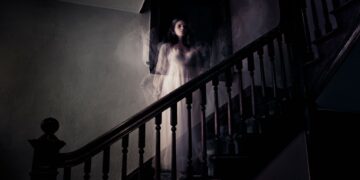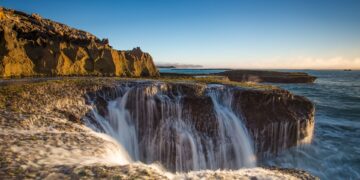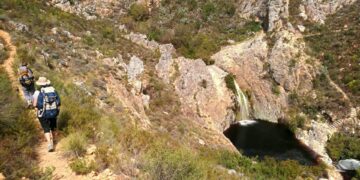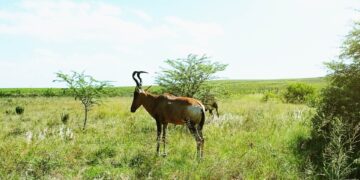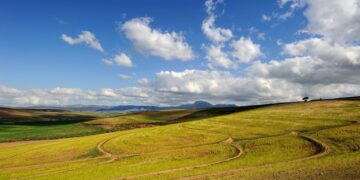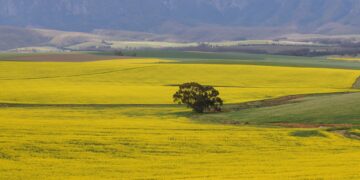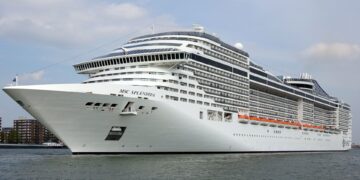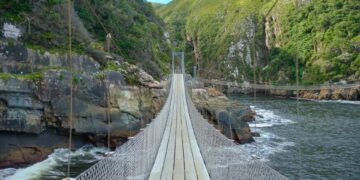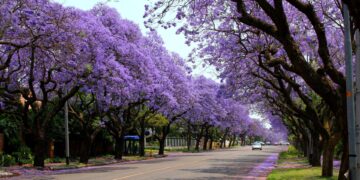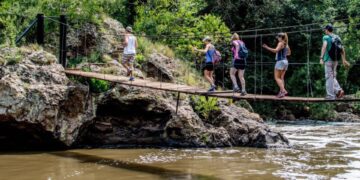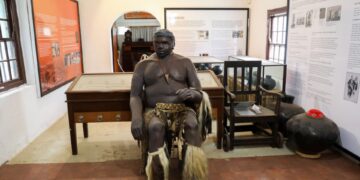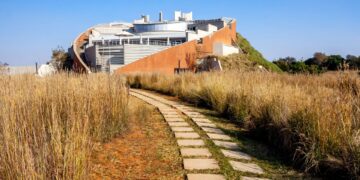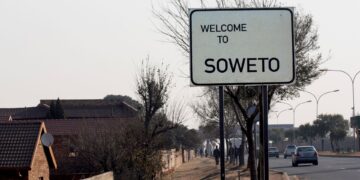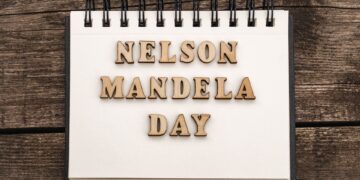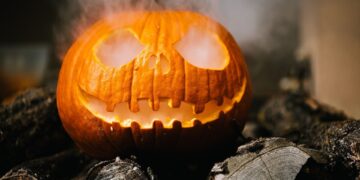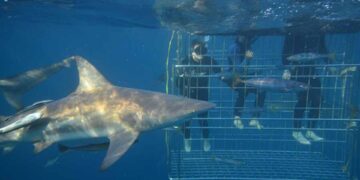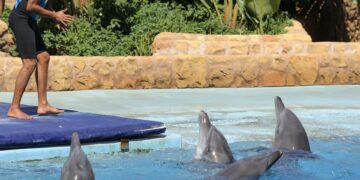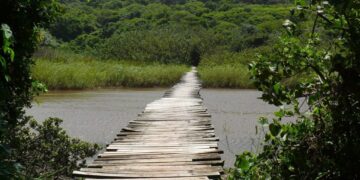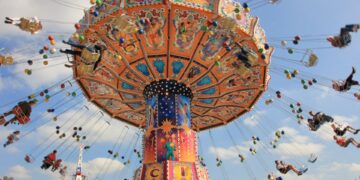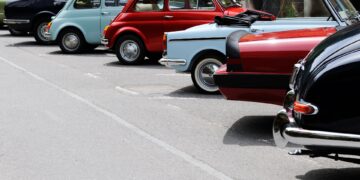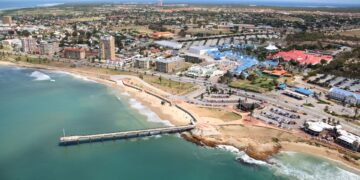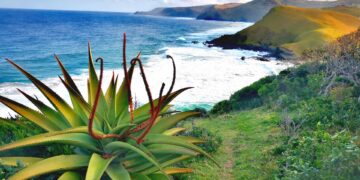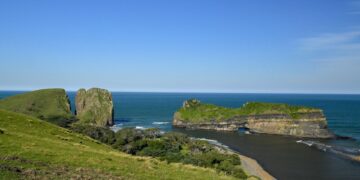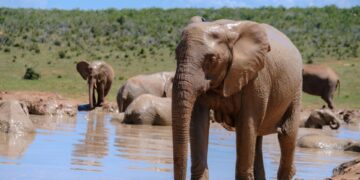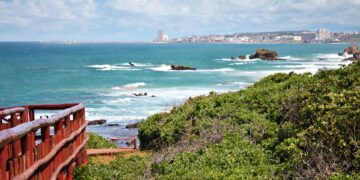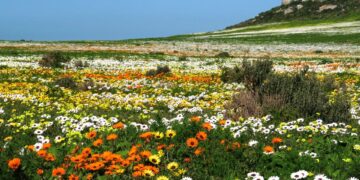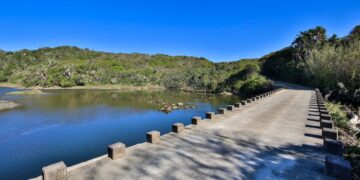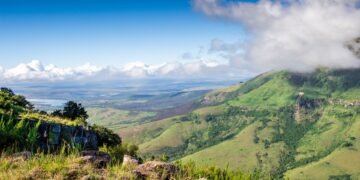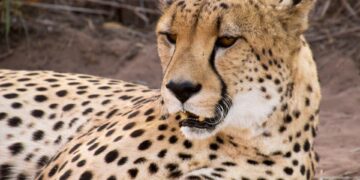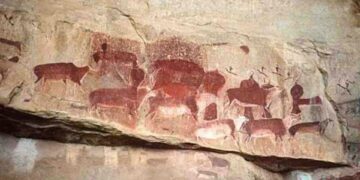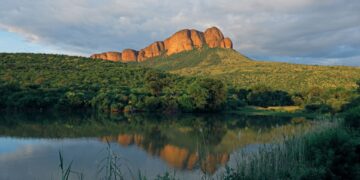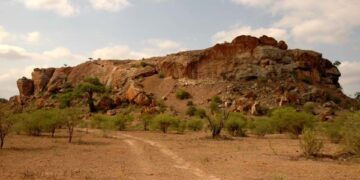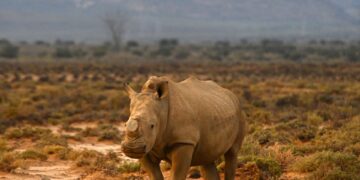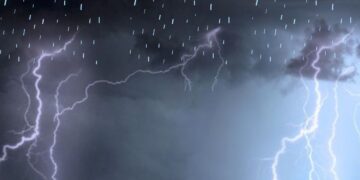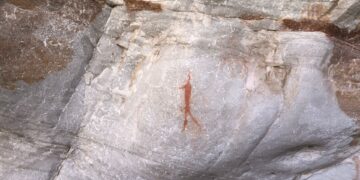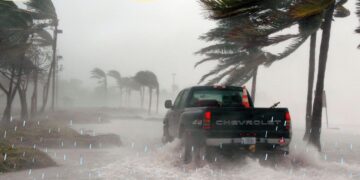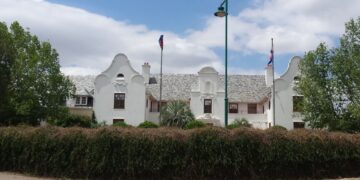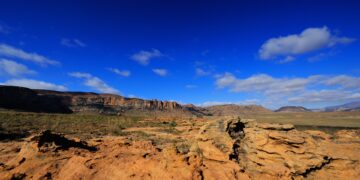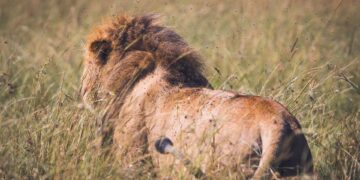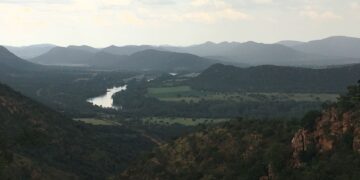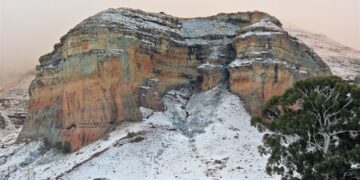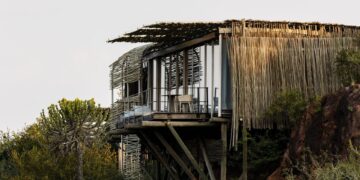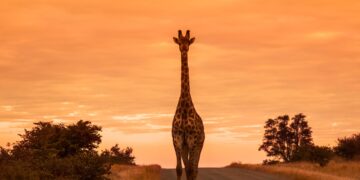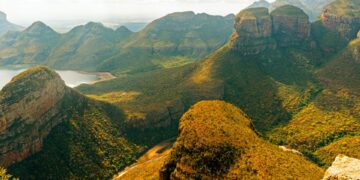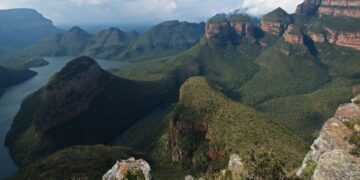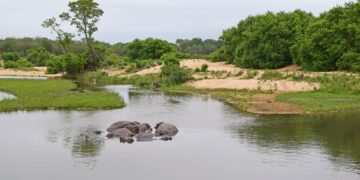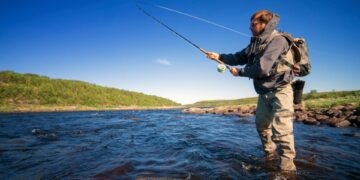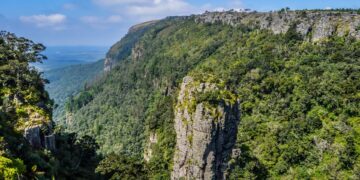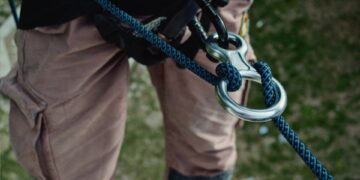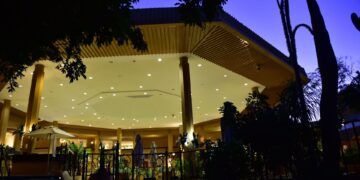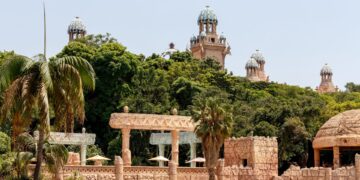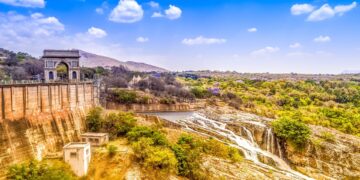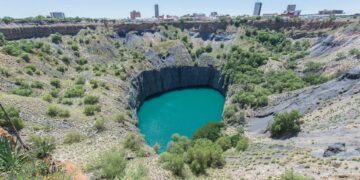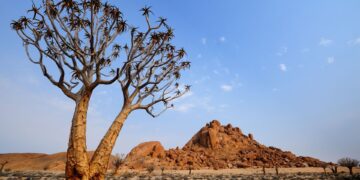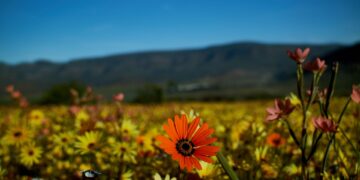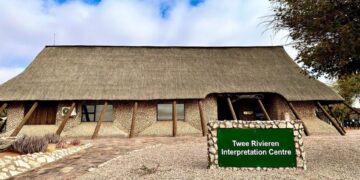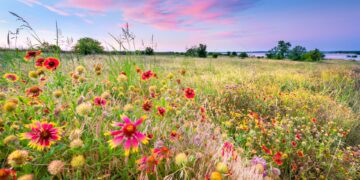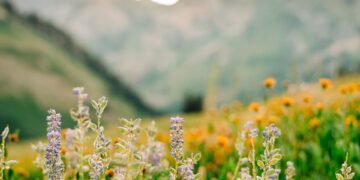Pretoria is ideally situated for exploring Gauteng’s natural delights. The city itself is famous for its springtime splash of bright purple flowers from the area’s Jacaranda trees. Outside of the city, mountains, nature reserves and game parks beckon.
Jacaranda City
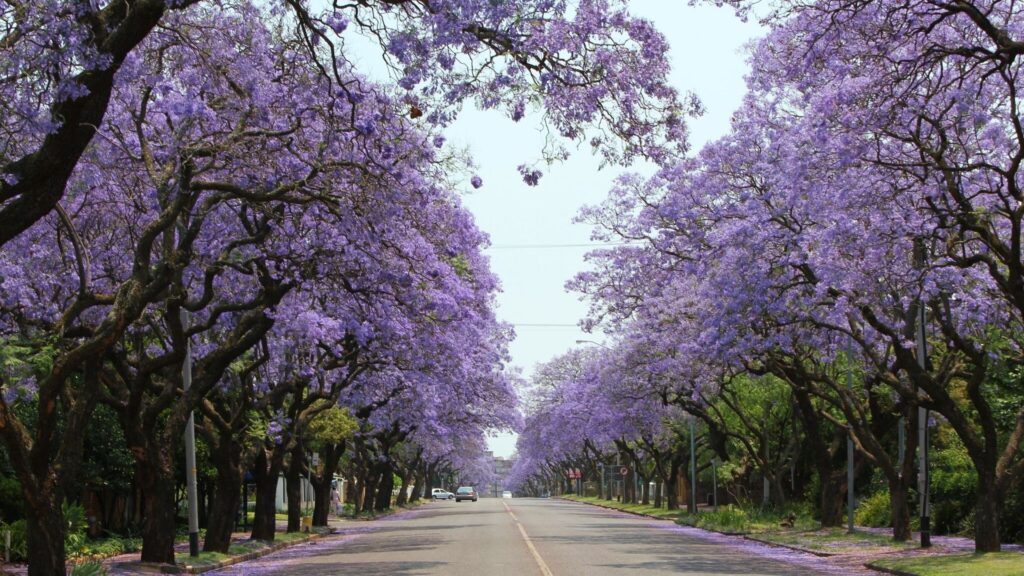
Why you should visit: If there ever was a more apt nickname than that of Jacaranda city for Pretoria, it would be hard to find. The iconic jacaranda trees that burst with purple blooms every spring are a sight to behold. Take a walk through the city to view the pretty flowers up close, and be sure to check out some of the oldest Jacarandas which grow along Bosman and Cilliers Streets.
How to get there: For the best birds-eye view, take a drive up into the Klapperkop Nature Reserve (entrance is free), accessed from Johann Rissik Drive. Great viewpoints overlook the city. Try to spot the hundred rare white Jacaranda trees on Herbert Baker Street.
Magaliesberg Mountains near Pretoria
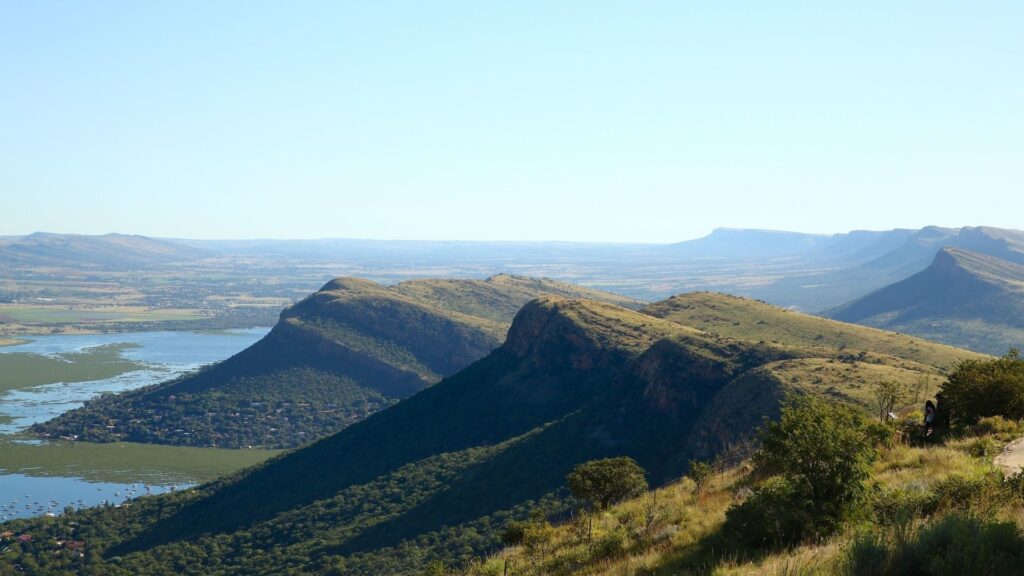
Why you should visit: The Magaliesberg Mountains (not to be confused with Magaliesburg town 8km away), stretch for 120km from Tshwane (Pretoria city and surrounds) into Limpopo. One of the oldest mountain ranges on earth, it’s an ideal weekend getaway from the buzz of the city. Birdwatchers can spot up to 300 species of bird, or visit the Rustenburg and Silkaatsnek nature reserves to see the sable antelope that have been reintroduced to the region. Many fit Gautengers come here to hike, trail run and mountain bike.
How to get there: It’s an hour’s drive from Johannesburg and Pretoria.
Rietvlei Nature Reserve
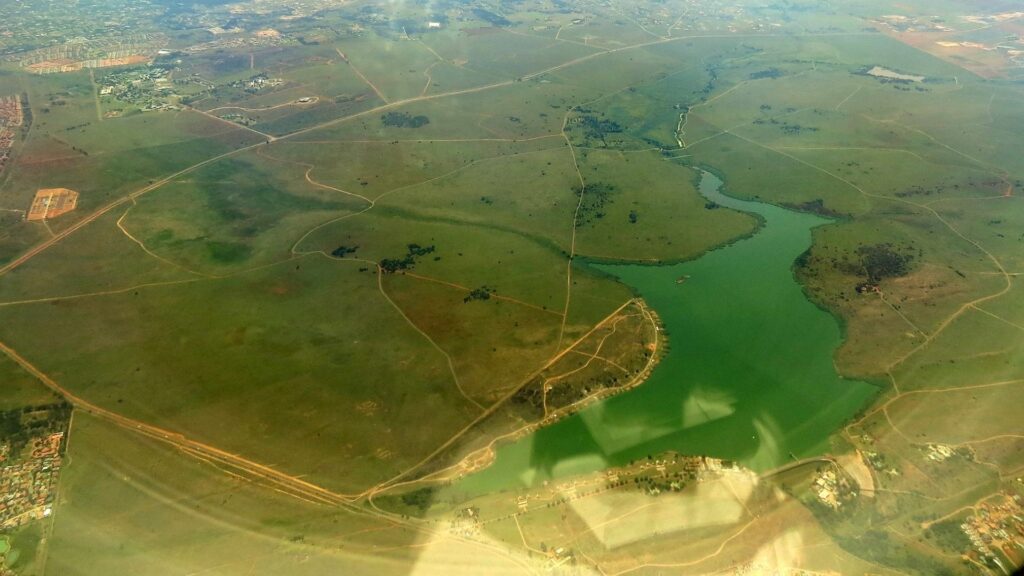
Why you should visit: The Rietvlei Dam was dug in the 1930s to supply the city with clean drinking water, and it still supplies up to 15% of the city’s water. The grasslands of the reserve support about 2 000 animals, including cheetah, leopard, hippo, buffalo, white rhino, blesbok and others.
It’s a favourite spot for birdwatchers, as the two dams on-site shelter open water and wetland species of bird. South Africa’s national bird, the Blue Crane, can also be spotted by lucky visitors. Opt for a self-drive game drive, or book a guided tour.
Adventure-seekers can take to the dam waters (in designated areas) for non-motorised water sports, fishing, saddle up on horseback or explore the hiking trails. There are guided one and two-day trails in the area
There are also basic camping facilities and self-catering chalets for visitors who wish to spend the night. For information, visit https://friendsofrietvlei.org. Booking is essential.
How much does it cost? R64 per adult per day to access the reserve.
How to get there: The nature reserve is in the suburb of Irene, about a 30-minute drive from the city centre.
Union Buildings of Pretoria

Why you should visit: Perched in the suburb of Arcadia at the highest point of the city lie the Union Buildings – the official seat of the South African government. The neoclassical-style buildings were designed by Sir Herbert Baker in 1910. It’s one of the country’s most recognisable structures. Nelson Mandela was inaugurated as President here in 1994.
Visitors can’t access the buildings, but the beautifully manicured terraced gardens are open, and access is free. The view of the city is superb, especially when the Jacaranda trees are in bloom. It’s also a popular event, picnic and photography spot. Various statues and monuments can be found across the grounds.
How to get there: The Union Buildings are not far from the Voortrekker Monument, between Government Avenue, Vermeulen Street East, Church Street, the R104 and Blackwood Street.
Voortrekker Monument
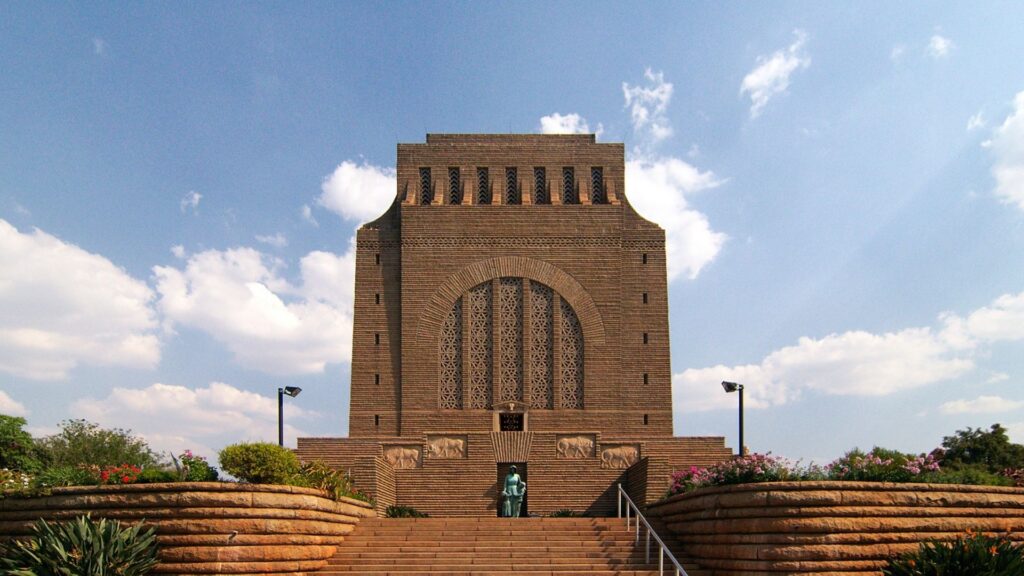
Why you should visit: The massive Voortrekker Monument can be seen upon its hill south of Pretoria as you approach the site from any direction. The 40-metre-high granite structure is a monument to the Afrikaans settlers, or Voortrekkers, who made the aptly named Great Trek from the Cape north to Gauteng in the middle of the 19th century.
The monument’s Hall of Heroes boasts the longest marble frieze in the world. It’s said to be the most visited heritage site of its kind in all of Gauteng and sits within the 240-hectare Voortrekker Monument Nature Reserve.
Climb to the top for panoramic views of the city and surrounds. Pop by on the last Sunday of the month for the Park Acoustics music festival held in the monument grounds.
How much does it cost? R55 per adult. Open daily from 8:00 until 17:00.
How to get there: Find it on Eeufees Road, Groenkloof 358-Jr.
Cradle of Humankind
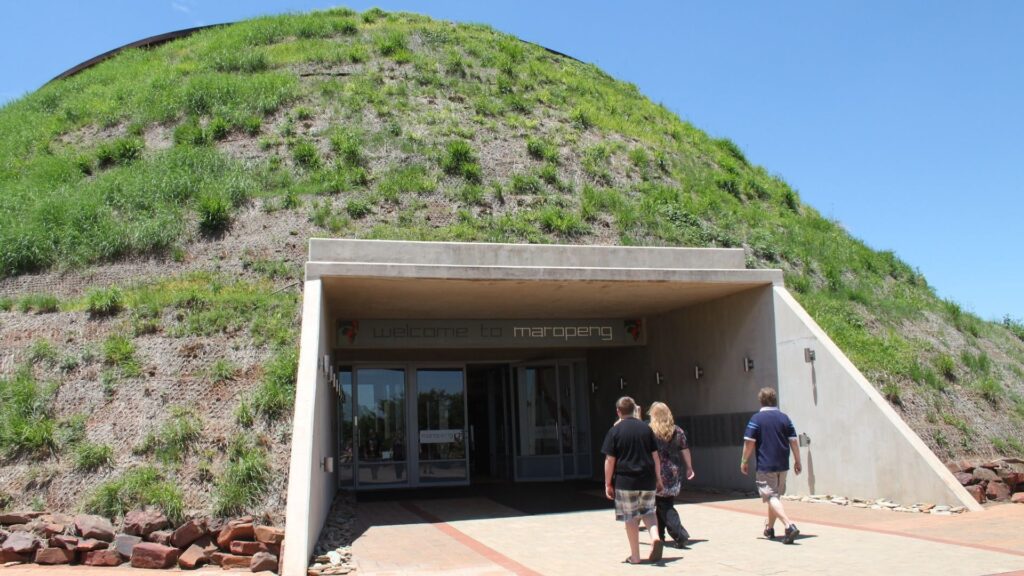
Why you should visit: You don’t have to be a paleo-anthropologist to enjoy the Cradle of Humankind – a UNESCO World Heritage site. Journey back to where it all began at Maropeng, the official Visitor Centre. Join a self-guided tour to view four-million-year-old hominid and dinosaur fossils and ancient artefacts, then take the guided tour into the Sterkfontein Caves.
How much does it cost? Admission to both Maropeng and the caves are R100 each.
How to get there: It’s an hour’s drive from Johannesburg and Pretoria. Visit Maropeng and then drive 10km to the Sterkfontein Caves.
ALSO READ: Where to stay in Johannesburg


